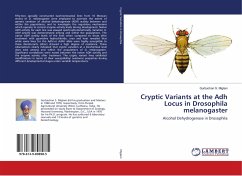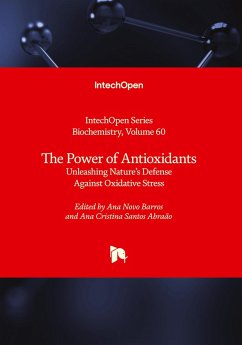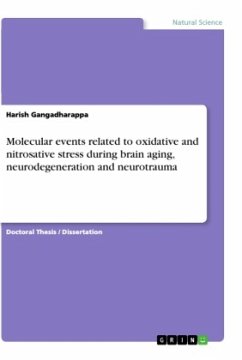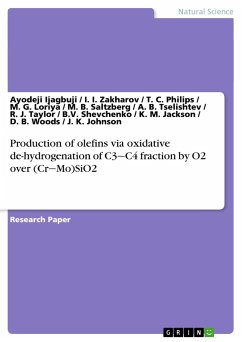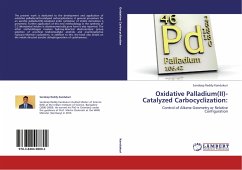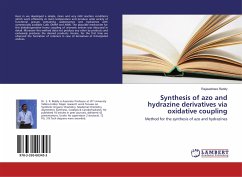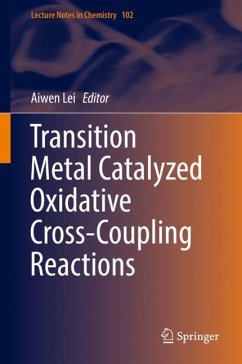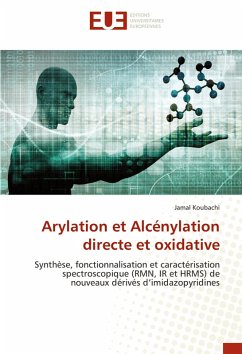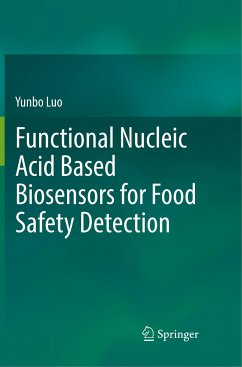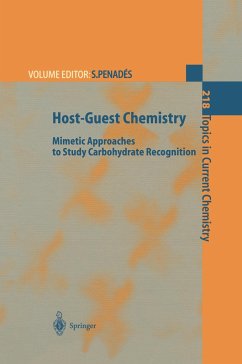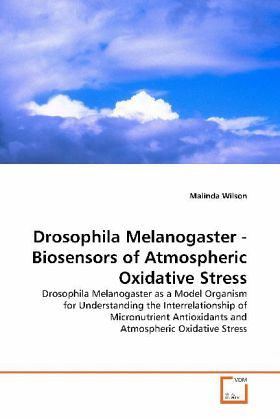
Drosophila Melanogaster - Biosensors of Atmospheric Oxidative Stress
Drosophila Melanogaster as a Model Organism for Understanding the Interrelationship of Micronutrient Antioxidants and Atmospheric Oxidative Stress
Versandkostenfrei!
Versandfertig in 6-10 Tagen
32,99 €
inkl. MwSt.

PAYBACK Punkte
16 °P sammeln!
Studies of Drosophila melanogaster have led to molecular insights concerning biomolecular mechanisms of biology and disease including development, differentiation, cancer and aging. Wild-type Drosophila, unlike vertebrate mammals, selectively retains gamma-tocopherol over alpha-tocopherol. Urate-deficient Drosophila compared to wild-type had similar levels of glutathione but only 50% of the ascorbate levels. Dietary supplementation with ascorbate dramatically increased its level while chemically-defined diets led to rapid depletion of ascorbate in both strains. It is concluded that Drosophila ...
Studies of Drosophila melanogaster have led to
molecular insights concerning biomolecular
mechanisms of biology and disease including
development, differentiation, cancer and aging.
Wild-type Drosophila, unlike vertebrate mammals,
selectively retains gamma-tocopherol over alpha-
tocopherol. Urate-deficient Drosophila compared to
wild-type had similar levels of glutathione but only
50% of the ascorbate levels. Dietary
supplementation with ascorbate dramatically
increased its level while chemically-defined diets
led to rapid depletion of ascorbate in both strains.
It is concluded that Drosophila do not synthesize
ascorbate, and in this respect are similar to
humans. Wild-type and urate-deficient Drosophila
were continuously exposed to ozone. Exposure of
Drosophila to 2 ppm ozone/24hrs/day unmasked a
marked sensitivity phenotype of urate-deficient
Drosophila. Studies revealed that ascorbate
supplementation decreased ozone-induced toxicity in
Drosophila. Collectively, these data reveal the
usefulness of Drosophila as a model organism for
studying micronutrient antioxidants and their
interrelationship with ozone-induced toxicity.
molecular insights concerning biomolecular
mechanisms of biology and disease including
development, differentiation, cancer and aging.
Wild-type Drosophila, unlike vertebrate mammals,
selectively retains gamma-tocopherol over alpha-
tocopherol. Urate-deficient Drosophila compared to
wild-type had similar levels of glutathione but only
50% of the ascorbate levels. Dietary
supplementation with ascorbate dramatically
increased its level while chemically-defined diets
led to rapid depletion of ascorbate in both strains.
It is concluded that Drosophila do not synthesize
ascorbate, and in this respect are similar to
humans. Wild-type and urate-deficient Drosophila
were continuously exposed to ozone. Exposure of
Drosophila to 2 ppm ozone/24hrs/day unmasked a
marked sensitivity phenotype of urate-deficient
Drosophila. Studies revealed that ascorbate
supplementation decreased ozone-induced toxicity in
Drosophila. Collectively, these data reveal the
usefulness of Drosophila as a model organism for
studying micronutrient antioxidants and their
interrelationship with ozone-induced toxicity.



